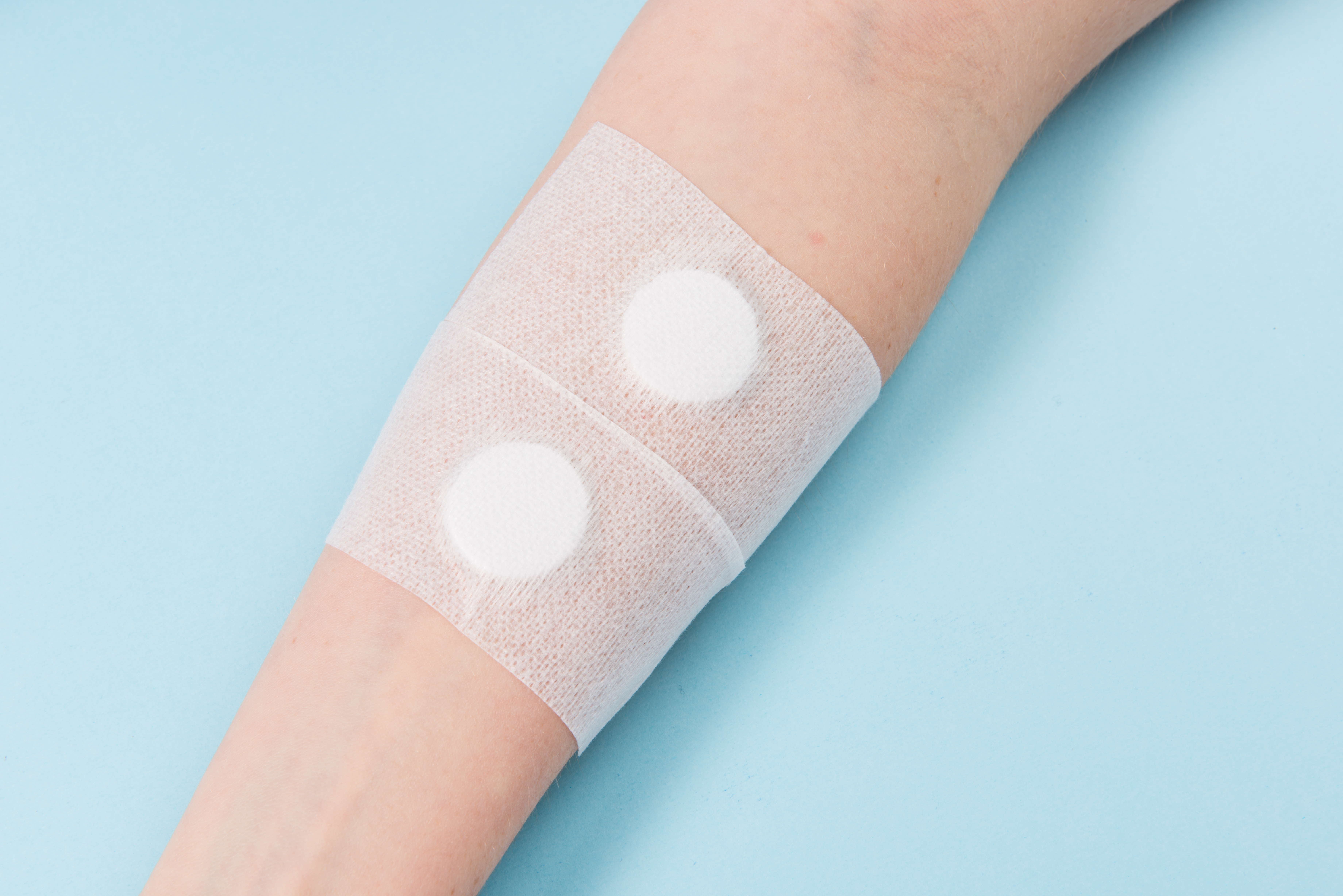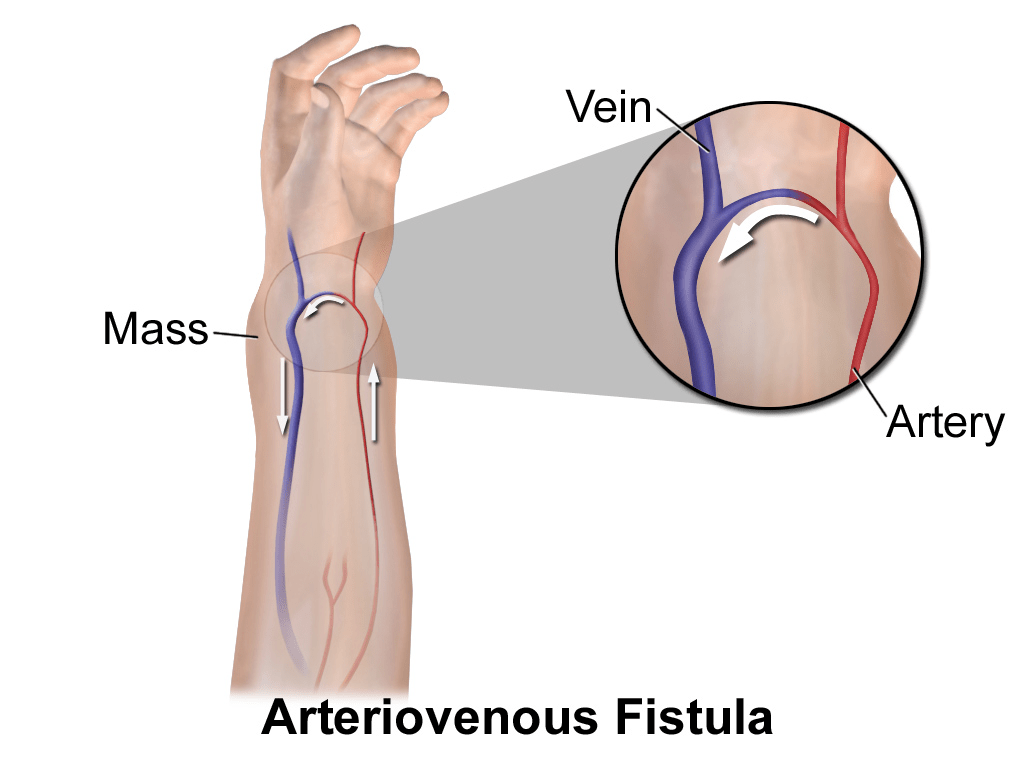15 Oct WHEN SHOULD A VENOUS VASCULAR ACCESS BE USED?
Edited by Dr. Maurizio Alberto Gallieni, Associate Professor of Nephrology at the University of Milan. Since 2018 Director of the Complex Operational Unit of Nephrology and Dialysis of the ASST (Local healthcare area) Fatebenefratelli Sacco of Milan. Author of over 200 scientific publications, indexed in the PubMed database of the National Library of Medicine. He is a member of various Scientific Societies, also has coordination positions and is the Editor for Italian and foreign journals of Nephrology. Before talking about dialysis, you need to know that this therapy requires a venous vascular access to be created in order to carry out...





